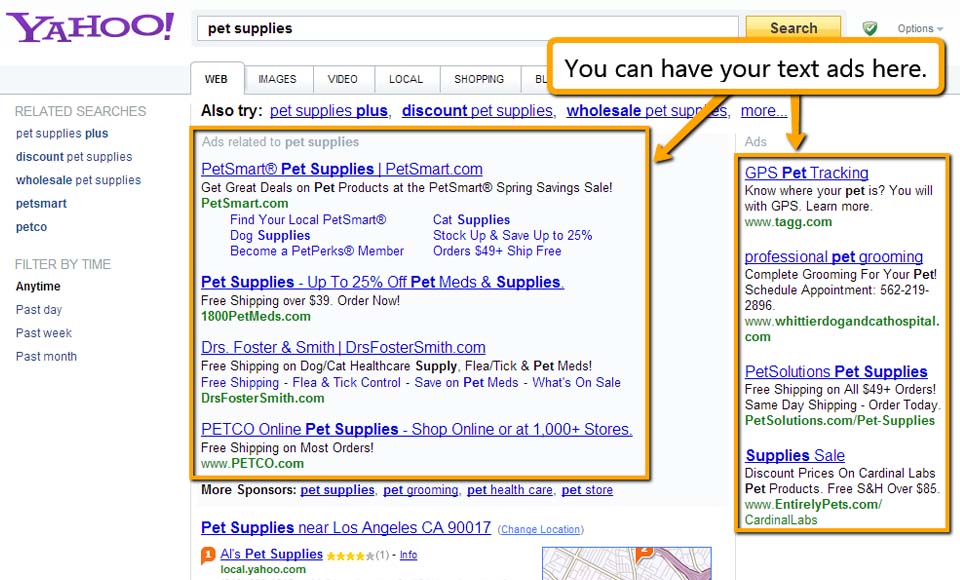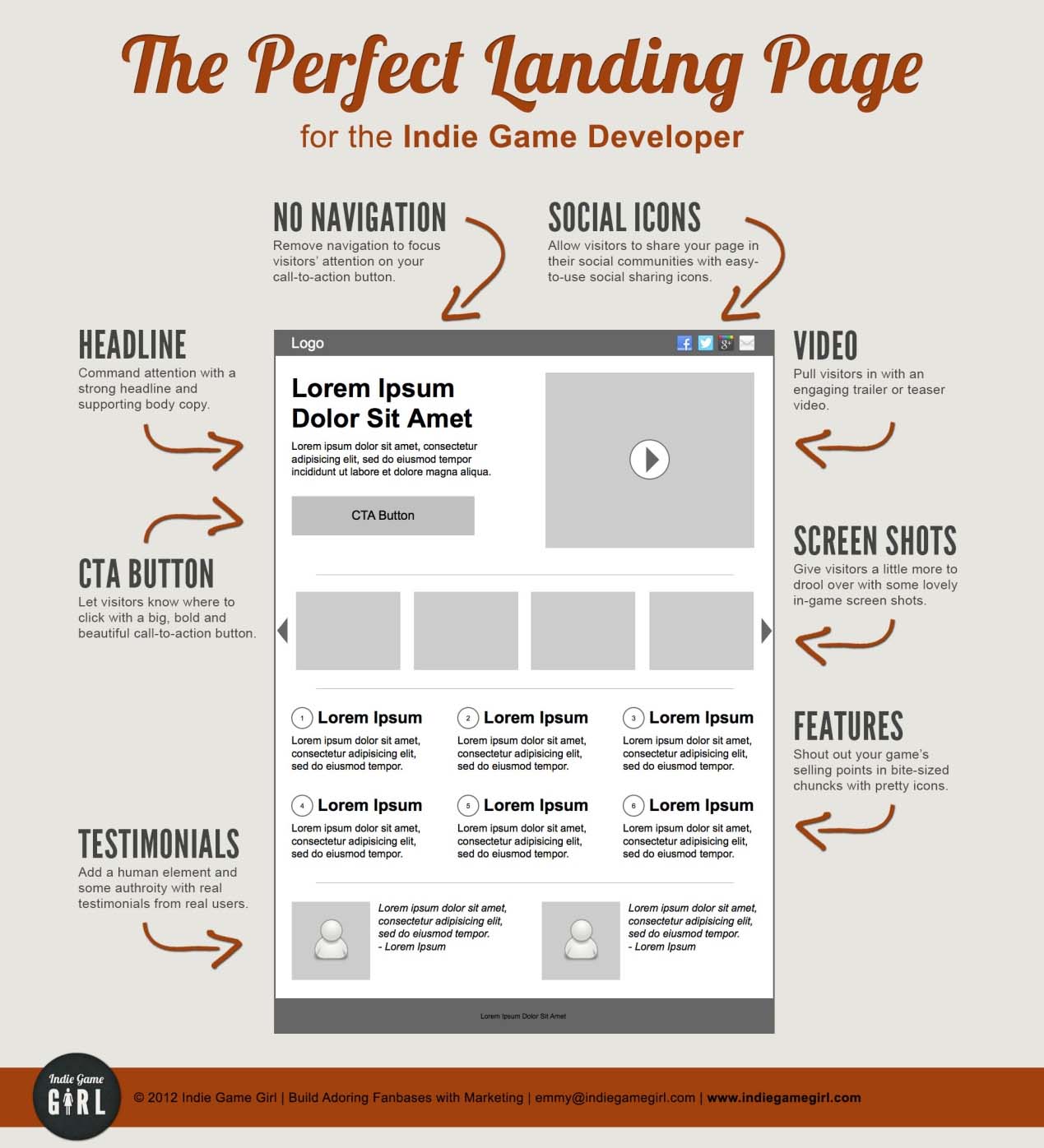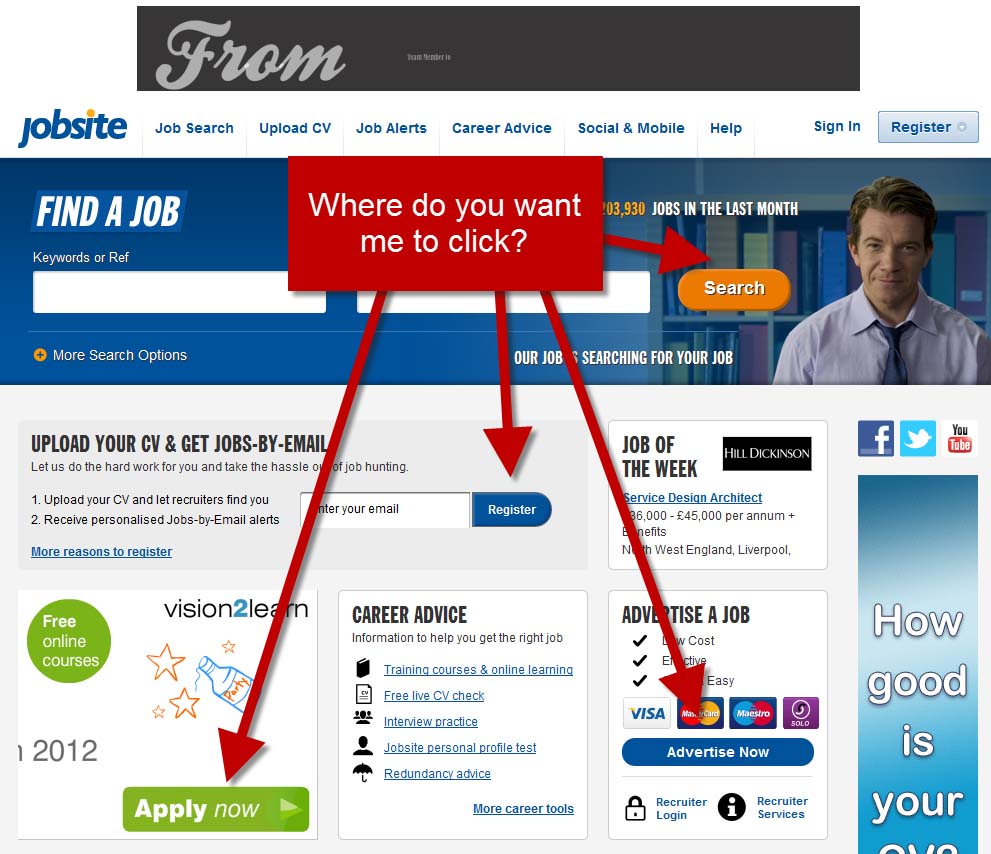
5 Ideas (Plus 7 Actionable Tips) For Lead Generation Success
July 24, 2015
You Should Not Miss These Facebook Features Introduced In 2015.
July 31, 2015Paid search marketing is a great strategy to direct targeted traffic to your website and grow business, but it can become expensive too. How do you guarantee the most profits out of your paid ads? There are 5 significant things we can do about it.
- Long-Tail Keywords
The main thing you need to learn about search marketing is how keywords work. Google AdWords Keyword Planner is a great resource for discovering keywords in your industry.
Broad keywords are highly recognizable keywords that attract large volumes of search traffic, but they are too expensive and not effective for beating the competition.
You want words that your customers use to look for you without fail, so you need something called “long-tail keywords”. As they are longer in phrase and more specific, they may not be relevant to your competitors if you and your competitors deal in different business areas. Long-tail keywords can make up for quality search-driven traffic.

For example, the term “social media marketing” is broad or too generic. The much less common (as a result, less popular) phrase “social media marketing for small business” receives few searches, but better exemplifies a long-tail keyword or phrase. You may even further and try something like “the best B2B LinkedIn marketing strategies for small business”.
Correspondingly, going narrower on long-tail keywords allows you to spend lesser of pay-per-click marketing because your business rivals will not be thinking like you, hence less competition for keywords. Your ROI will increase too.
- Know the Industry
There are a lot of places to put ads, with each website having its own pros and cons. You should understand some of the major types of paid advertising and decide to use which types according to your goal.
a) Display Ads or Banner Ads – Banner ads stand out so noticeably on the page. They are very common and come in a variety of sizes. Other marketers have long said that banner ads are ineffective because they are too obvious as advertisements, but they tend to target customers who are not actively looking for something new. Display ads can be purchased using a pay-per-click or cost-per-thousand-impressions model or they can be displayed for a certain length of time.

b) Text Ads –These ads generally are less expensive than display ads and target customers that actually are looking for something specific. They can be very effective but depend heavily on good keyword research and A/B testing.
Here are a few of the places you should try listing your ads, though there certainly are many others:

a) Google AdWords – Google AdWords are an apparent choice for many businesses. They offer display and text ads in association with highly targeted keywords. Bonus Tip: Your Google ads will generate a better ROI the longer you use. Google will rewards long-term customers with better “quality scores“.
b) Bing or Yahoo! – Bing and Yahoo both offer alternative ad platforms that work similarly to Google’s. They combine display and text ads with targeted search terms. Some brands find that, while these options bring less traffic, the overall ROI is a bit better.
c) Facebook or LinkedIn. – Social media marketing has grown rapidly in popularity over the last few years. These ads combine text and display elements and are targeted based on user preferences, demographics, and location.
In the beginning, it is essential to try different options and use hard data to make final decisions about where you want to put your money. Hard data will tell you what gives you the best return. Good tracking capabilities will make this possible.
- Tracking
The wonderful thing about online marketing is that you get the latest metrics tools and technology to track everything.

The free Google Analytics is a must when it comes to measuring online ad performance.
Once you have it set up, you should become very familiar with Google Analytics Custom Campaigns. These options allow you to create a customized URL for each ad that will help you see overall performance for all of your ads. Using Google Analytics in this way will give you a single dashboard for comparing all of your advertising campaigns.
-
Create a Landing Page
It is important to send incoming visitors to a unique page (called a landing page) on your website, rather than your home page. There are 3 very good reasons for using this strategy:
-
Landing pages allow you to customize your message for incoming visitors. This means that you can continue the message that you started with your ads, which creates a cohesive experience.
-
These custom landing pages allow you to push visitors toward specific actions, such as downloading a free ebook.
-
Landing pages make tracking your visits very easy.
You can gain a lot of information about how to reach out and sell to your new visitors. In some cases, you can create a single landing page for an ad campaign, or even for each keyword that you purchase. Landing page conversion rates will inform you how effective your ads are.

Every page you send to your prospects should have a clear call-to-action. A bad CTA confuses them and wastes your money. It’s the difference between a sale and wasted money.
You would like to decide what the “number one” desired outcome for each page is before designing a landing page.

Lastly, you may have launched your page, but you aren’t done yet. Small adjustments can make a huge difference in your overall conversion rate.
A/B testing is being scientific about testing which methods or elements work best. When you go about A/B testing, it is important that you make only a single, testable, change each time. For example, you could test the effectiveness of your page’s headline or button placement, but not both at the same time.
By testing a single change, you will be able to see conclusive results about what works best. A/B testing is an ongoing process, so don’t stop. Keep testing and modifying your page.
- Review Results Regularly
Whatever you do, don’t check your results every day. It is best to wait so that your analytics have time to accumulate accurate trends and information. Then determine a set time period for reviewing your statistics and making changes. It might be monthly or weekly. Checking monthly is good for picking up broad shifts.
Also, you might consider using spreadsheets to track your statistics. It’s easier to pick up on trends and understand what you’re seeing when you dig into your own analytics to pull out the numbers for your spreadsheet.
Be prepared to kill keywords that are under-performing. Remember, conversion rates are your most important statistics, not clicks. Clicks just waste money unless they are doing something purposeful for you. As mentioned, the incentive with Google AdWords is the longer you run your ads, the better your rates and quality score will become. This will be true particularly if you rely heavily on good A/B testing and are constantly refining your ad purchase.
{{cta(‘d54cc04e-3cdc-4b79-845c-bc391be70411’)}}


